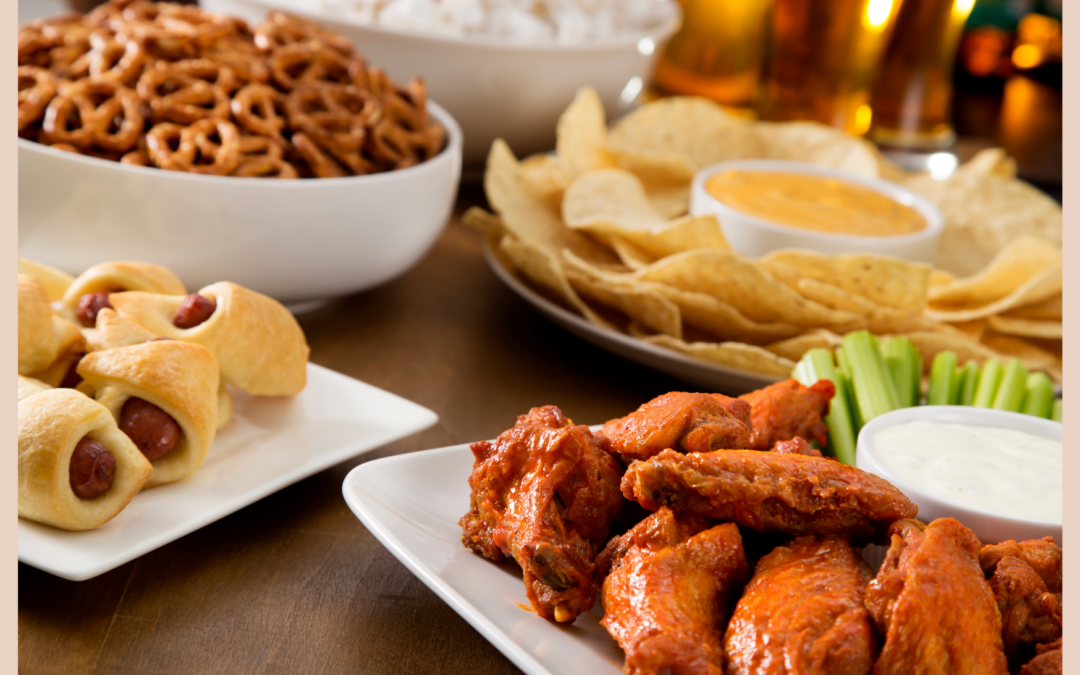Food safety is paramount in the restaurant industry, and one of the biggest concerns is the prevention of foodborne illnesses. These illnesses can have severe consequences for both customers and the reputation of a restaurant. In this blog post, we will explore the most common symptoms of foodborne illness and discuss proactive measures that restaurants can take to ensure the safety of their patrons.
Common Symptoms of Foodborne Illness
- Nausea and Vomiting: One of the earliest signs of foodborne illness is nausea, often accompanied by vomiting. Contaminated food can introduce harmful pathogens into the digestive system, leading to these uncomfortable symptoms.
- Diarrhea: Diarrhea is a prevalent symptom of foodborne illnesses caused by bacteria, viruses, or parasites. It can range from mild to severe and may be accompanied by abdominal cramps.
- Fever and Fatigue: Many foodborne illnesses trigger an immune response, resulting in fever and fatigue. These symptoms indicate that the body is fighting off an infection caused by ingesting contaminated food.
- Abdominal Pain and Cramps: Sharp abdominal pain and cramps are common signs of gastrointestinal distress caused by consuming contaminated food. These symptoms can be intense and persistent.
- Dehydration: Diarrhea and vomiting can lead to dehydration, which is a serious complication of foodborne illness. It is essential for individuals to stay hydrated by drinking fluids and seeking medical attention if dehydration becomes severe.
Preventative Measures for Restaurants
- Employee Training: Properly trained staff is the first line of defense against foodborne illnesses. Restaurants should invest in comprehensive training programs, such as ServSafe Food Manager Training, that educate employees about food safety, hygiene practices, and the importance of following established protocols.
- Strict Adherence to Food Handling Guidelines: Restaurants must strictly adhere to food handling guidelines, including proper handwashing, use of gloves, and sanitization of kitchen utensils and surfaces. Cross-contamination between raw and cooked foods should be avoided at all costs. ServSafe Food Handler Training is a great, comprehensive training for all who handle food in your establishment.
- Regular Monitoring: Implementing regular monitoring by managers and/or internal quality control teams can help identify and rectify potential issues before they become a threat. This proactive approach ensures that the restaurant maintains high standards of cleanliness and food safety.
- Temperature Control: Proper temperature control is crucial in preventing the growth of harmful bacteria. Restaurants should regularly monitor and record the temperatures of refrigerators, freezers, and cooking equipment to ensure that food is stored and prepared safely.
- Source Quality Ingredients: The quality of ingredients directly impacts food safety. Restaurants should establish relationships with reputable suppliers and conduct thorough checks on the sourcing and handling of ingredients to minimize the risk of contamination.
Prioritizing food safety is not only a legal requirement but also a responsibility that restaurants owe to their customers. By understanding the common symptoms of foodborne illnesses and implementing rigorous preventive measures, restaurants can create a safe dining environment and safeguard the health and well-being of their patrons. Remember, a commitment to food safety is a commitment to the success and longevity of any reputable dining establishment. Contact TSC Associates today to learn which food safety training is needed in your establishment!




